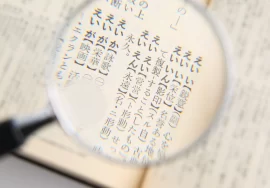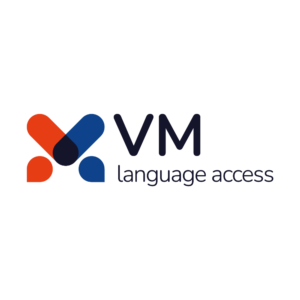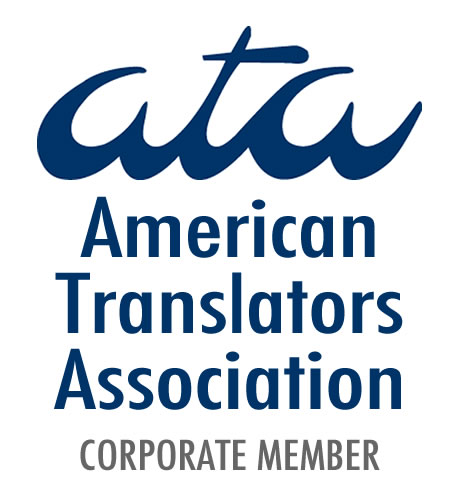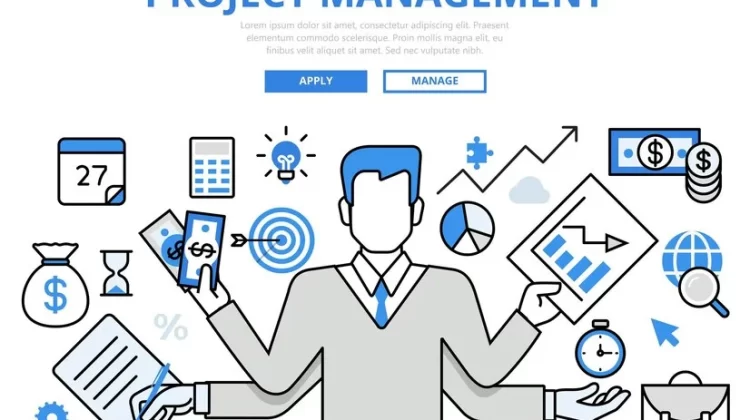
The Cycle of a Translation Project: 10 stages
The cycle of a translation project typically consists of several stages that span from the initial request for translation to the final delivery of the translated content. Here is a general overview of the typical phases involved in the cycle of a translation project:
Request and Analysis are the starting point in the cycle of a translation project:
The cycle of a translation project begins with a request from a client or stakeholder. If the request is a PDF with embedded texts in images, that entails extra services and we need to consider the resources and costs to deliver a target file in the same format of the source file but in the language requested. For this purpose, the project manager or language service provider (LSP) analyzes the source content, identifies the scope of work, determines the target languages, and assesses any specific requirements or constraints.
Quotation and Approval:
Based on the analysis, the project manager prepares a quotation outlining the cost, timeline, and terms of the translation project. Upon approval from the client, the project moves forward to the next phase.
For a quote visit our website or send us an email to contact@vmlanguageaccess.com
Resource Assignment:
The project manager assigns suitable vendors such as translators, editors, and proofreaders with expertise in the subject matter and target languages. There are a series of diverse CAT tools and platforms LSPs use in order to assign these tasks, where clear instructions, glossaries, and style guides are provided to ensure consistency and accuracy.
To find out what languages we work into, contact us here.
Translation:
The assigned translator(s) begin translating the content from the source language into the target language. They adhere to linguistic standards (terminology and level of formality), cultural considerations (measurement figures, currencies), and client-specific requirements (fonts, footnotes) to produce an accurate and culturally-appropriate translation.
Editing and Proofreading:
After the initial translation is complete, the text undergoes a thorough editing and proofreading process. Editors review the translated content for accuracy, fluency, grammar, and coherence, while proofreaders perform a final quality check to ensure that the text is error-free.
Quality Assurance:
Quality assurance processes, such as linguistic testing, formatting checks, and alignment with client specifications, are conducted to ensure that the translated content meets the highest quality standards and adheres to the project requirements. These requirements many times entail the use of specific fonts depending on the language, leaving the footnotes in English, keeping the same amount of pages as the source file, etc.
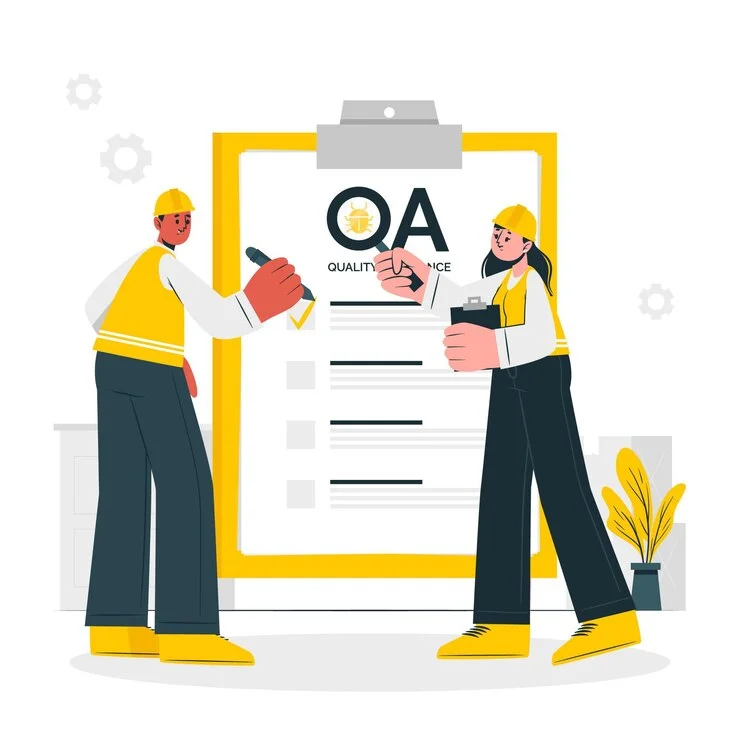
Client Review and Feedback:
Some LSPs carry out this practice depending on the client, the vendors used and the type of project. At this point of the cycle of a translation project, the translated content is shared with the client for review and feedback. Any revisions, corrections, or modifications requested by the client are implemented at this stage to ensure that the final deliverable meets their expectations.
Finalization and Delivery:
Once the client approves the translated content, the project is finalized, and the deliverables are prepared for final delivery. The translated files are delivered in the requested format and within the agreed-upon timeline. The most common practice among LSPs is to deliver target editable files, like Word files, together with its PDF version.
Post-Project Evaluation:
After the project is completed, a post-project evaluation may be conducted to gather feedback from the client and project team. Many times, this task is carried out by account managers instead of project managers since some consider this falls under sales management and the relationship with clients instead of being part of the cycle of a translation project. Lessons learned, best practices, and areas for improvement are documented to enhance future translation projects.
Maintenance and Updates:
For long-term projects, or content that requires regular updates, a maintenance plan may be established to ensure that the translated content remains accurate, consistent, and up-to-date over time. This could be achieved by updating the TM and using the same vendors or vendors with similar backgrounds.
By following the cycle of a translation project as explained above, translation projects are managed efficiently, ensuring high-quality results, client satisfaction, and successful communication across languages and cultures.
FAQs
What is the initial step in the cycle of a translation project?
- The initial step is the Request and Analysis phase, where the client submits a request, and the project manager analyzes the source content to determine the scope, target languages, and specific requirements.
How is the cost of a translation project determined?
- The cost is determined during the Quotation and Approval phase, where the project manager prepares a detailed quotation based on the analysis of the source content, target languages, and any additional services required.
Who is responsible for the actual translation work?
- The actual translation work is done by assigned translators who are selected based on their expertise in the subject matter and target languages during the Resource Assignment phase.
What ensures the quality of the translated content?
- Quality is ensured through multiple stages: Editing and Proofreading, where the content is reviewed for accuracy and fluency, and Quality Assurance, where further checks are performed to align with client specifications and standards.
What happens if the client requests changes after reviewing the translated content?
- If the client requests changes, these are implemented during the Client Review and Feedback phase to ensure the final deliverable meets their expectations.
Takeaways
- Comprehensive Analysis: The translation project starts with a detailed analysis of the source content to determine the project scope, requirements, and target languages, ensuring accurate planning and resource allocation.
- Transparent Quotation Process: Providing a clear and detailed quotation helps clients understand the cost, timeline, and terms, promoting transparency and informed decision-making.
- Expert Resource Assignment: Assigning skilled translators, editors, and proofreaders based on their expertise in the subject matter and target languages ensures high-quality translations.
- Rigorous Quality Assurance: Multiple layers of quality checks, including editing, proofreading, and final quality assurance processes, ensure that the translated content is accurate, coherent, and meets client specifications.
- Client Involvement and Feedback: Involving the client in the review process and incorporating their feedback ensures that the final deliverable aligns with their expectations and requirements, enhancing client satisfaction.







